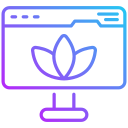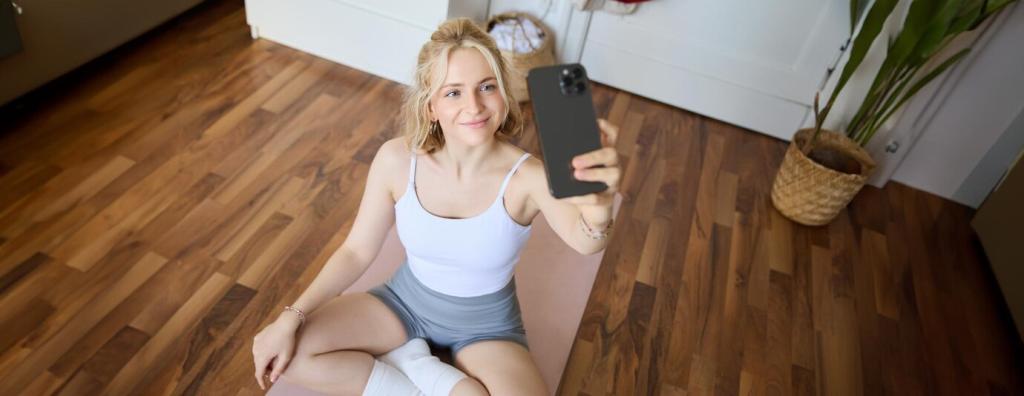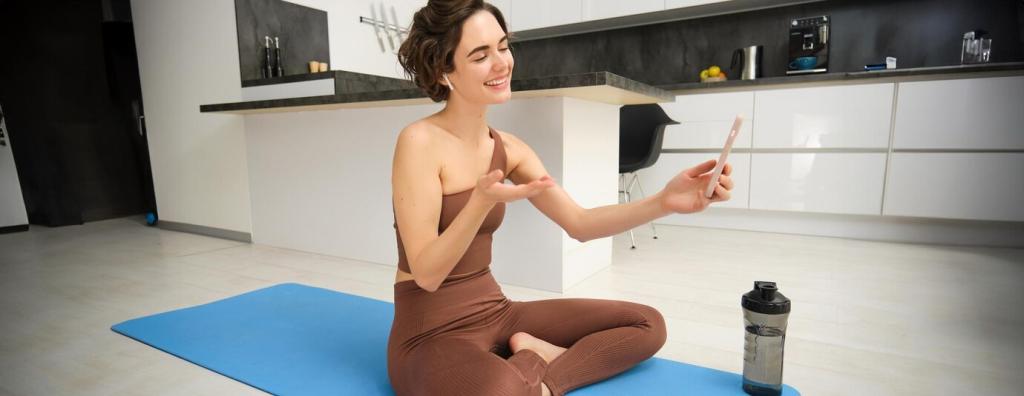Understand Your Digital Baseline
Take three days to log your screen time across work and personal apps. Notice energy levels, context, and emotions, not just minutes. Curiosity outperforms guilt when building sustainable changes that last beyond a single hyper-motivated week.
Understand Your Digital Baseline
Identify micro-habits that add up: habitual news checks, chat refreshes, email loops. Look for moments where two minutes repeatedly turn into twenty. Those reclaimed minutes fund deep work, real breaks, and meaningful offline recovery you actually feel.









